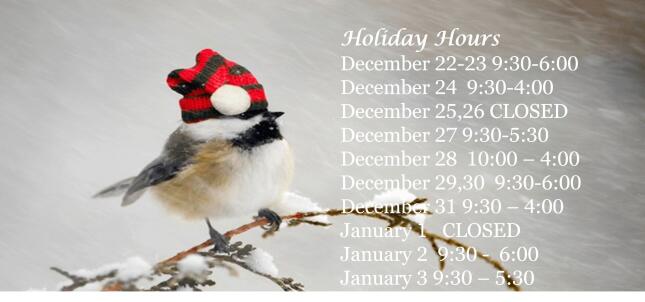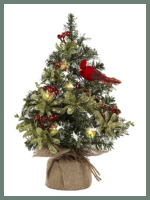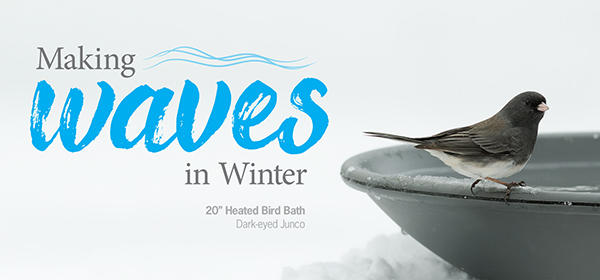Welcome, Vancouver!
NOTE: We are now open at 10:00 on Sundays. See Holiday Hours below

Holiday Savings 
Save 70% on all Holiday ornaments and boxed Christmas cards & 2026 calendars.
Great selection in store. Something for all the nature lovers on your list.
New!
Anna's Healthy Hummingbird Feeder
Insulated Hummingbird feeder that keeps nectar from freezing for 16 hours. No plugs required
Vacuum insulated Steel container holds 8 oz of nectar. In the summer it will keep your nectar cool and fresher when temperatures soar.

Offer Water to Help Birds Survive Winter
Winter isn't just cooler for us; it’s a real survival test for birds. With longer nights and colder temperatures, their internal "heaters" (metabolism) have to work overtime. While food is a must, water is just as critical. Birds need water to stay hydrated and to keep their feathers clean, essential for insulation and warmth.
A reliable source of open water can make your yard the go-to winter hangout, even for birds that don't normally visit feeders. If temperatures dip below freezing, you can use a bird bath heater in an existing plastic or stone bird bath, or try a bird bath with a built-in heater. The entire surface of a bird bath doesn't have to thaw, there just needs to be an opening big enough for birds to drink and bathe. You can support birds through winter, while attracting a greater variety of visitors to enjoy.
We have a full lineup of winter-ready bird baths and heaters that are bird-safe and easy to care for. Shop now and help birds stay hydrated, warm and winter-strong.


